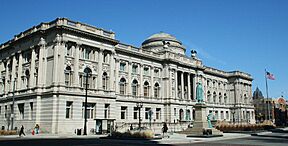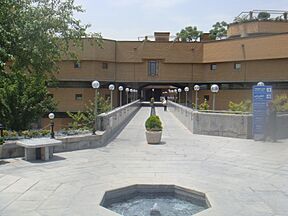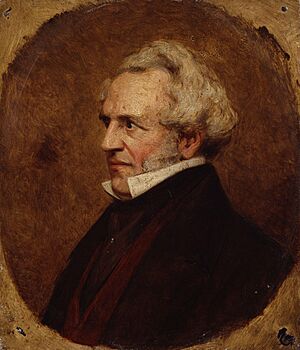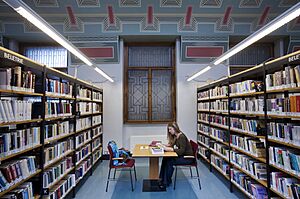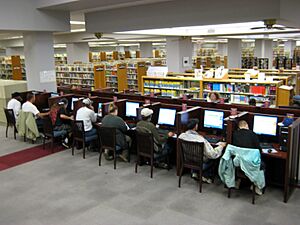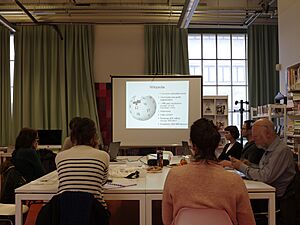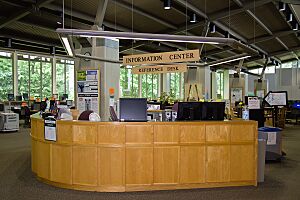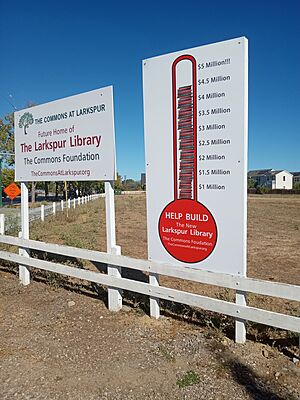Public library facts for kids
Quick facts for kids Public library |
|
|---|---|
|
Kilgore Central Library, Kilgore, Texas
Bibliothèque, Adrar, Algeria
Main Public Library, Taoyuan, Taiwan
Biblioteca Vasconcelos, Mexico City, Mexico
Public library, Maadi, Egypt
Interior of the Central Library, Tampere, Finland
Entrance of National Library, Tehran, Iran
|
A public library is a library that is open to everyone in a community. It's usually paid for by public money, like taxes, so people can use it for free. Libraries are run by librarians and other staff who help people find information and books.
Public libraries share five main ideas:
- They are supported by taxes.
- They are run by a group of people (a board) to make sure the library serves the community.
- They are open to everyone.
- Using the library is your choice; nobody has to go.
- Their services, like borrowing books, are free.
Public libraries are found all over the world. They are very different from school libraries or university libraries, which are for students and researchers. A public library's job is to help everyone in the general public. They offer fun things like story times for little kids, quiet places to study, and book clubs for all ages. You can borrow books, movies, and music. Most libraries also have computers and free internet.
Contents
The Story of Public Libraries
The idea of sharing books with the public is not new. Thousands of years ago, the first "libraries" were collections of clay tablets in Sumer. In Ancient Rome, people could read scrolls at public bathhouses.
For a long time, most libraries were private or only for certain people, like priests or scholars. The Biblioteca Malatestiana in Cesena, Italy, which opened in 1452, is known as the first public library in Europe. It was created for the whole community and was open to everyone.
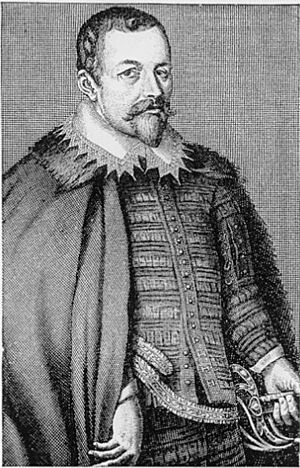
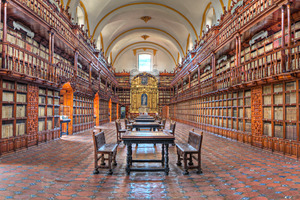
Libraries for a Fee
In the 1700s, a new kind of library became popular: the circulating or subscription library. These were businesses run by booksellers. People paid a fee, like joining a club, to borrow books. This was a big deal because books were expensive, and this system let more people read them.
These libraries were also social spots where people could meet and chat. They were especially popular for lending novels, which were a new and exciting form of entertainment.
The First Free Libraries
The idea of a truly free library, paid for by taxes and open to all, gained support in the 1800s. People believed that giving everyone access to books and learning would make society better.
In the United Kingdom, the Public Libraries Act 1850 was a major step. It allowed towns to use tax money to open free libraries. The first of these opened in places like Manchester and Salford.
In the United States, the town of Peterborough, New Hampshire, created the first modern tax-supported public library in 1833. The famous Boston Public Library opened in 1854. Many libraries were also started with donations from wealthy people. The most famous was Andrew Carnegie, a businessman who gave money to build over 1,600 libraries across the country.
From there, the public library movement spread around the world, with countries like Australia and Japan opening their own networks of free libraries for everyone.
What Can You Do at a Library?
Public libraries offer much more than just books. They are community hubs with many free services for people of all ages.
Borrow Books, Movies, and More
The main job of a library is to give people access to information. You can borrow all kinds of books, from popular fiction to non-fiction. They also have newspapers and magazines. Many libraries now lend e-books and audiobooks that you can download to your device.
Most libraries have a special children's section with books, games, and activities just for kids. There are also sections for teens with young adult literature. If your library doesn't have a book you want, you can often get it through interlibrary loan, where libraries share books with each other.
Use Computers and the Internet
Libraries play a key role in making sure everyone can get online. They offer free access to computers and Wi-Fi. This is very important for people who don't have internet at home.
You can use library computers for homework, to apply for jobs, or just to browse the web. Many libraries also offer classes to help people learn computer skills, from basic typing to coding.
A Place to Meet and Learn
Libraries are great public spaces. They provide quiet rooms for reading and studying. They also have meeting rooms that community groups can use for free.
Some libraries have special creative spaces called makerspaces. These spaces might have 3D printers, sewing machines, or other tools that you can use for your own projects. Libraries are a place to learn, create, and connect with others in your community.
Fun Programs and Activities
Libraries host all kinds of free events and programs. These are a great way to learn something new and meet people.
For Kids
The most popular program for young children is storytime, where a librarian reads books aloud. Libraries also have summer reading challenges, craft sessions, puppet shows, and music classes.
For Teens
For teenagers, libraries might have book clubs, writing groups, or gaming tournaments. There are often workshops on topics like coding, making videos, or preparing for college.
For Adults
Adults can enjoy book clubs, author talks, and classes on everything from gardening to learning a new language. Libraries also offer help with technology and job searching.
Help with Your Schoolwork
If you need help with a school project, the library is the perfect place to go. A librarian at the reference desk can help you find reliable sources for your research. They can teach you how to use online databases and find good information on the internet. This is a huge help for homework, papers, and presentations.
Who Runs the Library?
Public libraries are usually funded by local or city taxes. This means the people in the community all contribute a small amount of money to keep the library running and free for everyone. Sometimes, state or national governments also provide extra funding.
Donations from people and groups are also very important. Many libraries have "Friends of the Library" groups, which are made up of volunteers who raise money through events like book sales.
A library is typically governed by a board of directors. These are community members who make sure the library is meeting the needs of the public. The director of the library, a professional librarian, manages the daily operations with the help of other library staff.
Images for kids
See also
- Public libraries in North America
- Public library advocacy
- Public Library Association, a division of the American Library Association


